Home>Garden Essentials>How To Create A Landscape Design Portfolio
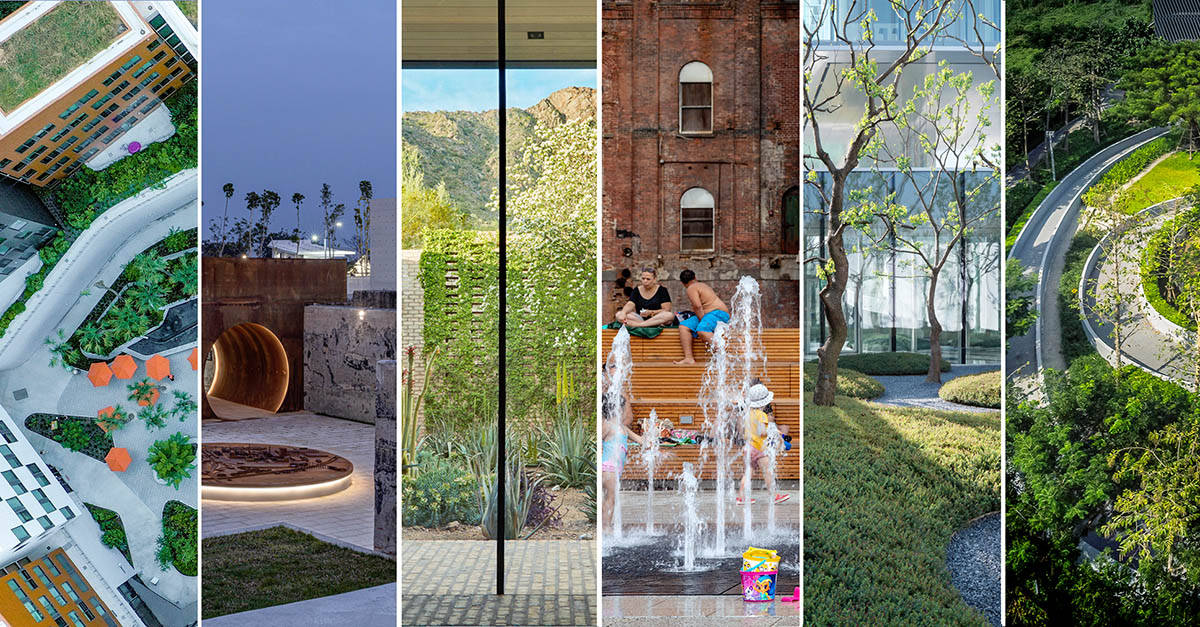

Garden Essentials
How To Create A Landscape Design Portfolio
Modified: March 7, 2024
Learn how to create an impressive garden landscape design portfolio with practical tips and examples. Stand out in the industry and showcase your garden projects effectively.
(Many of the links in this article redirect to a specific reviewed product. Your purchase of these products through affiliate links helps to generate commission for Storables.com, at no extra cost. Learn more)
Introduction
Welcome to the world of landscape design! If you are a passionate gardener or a professional landscaper, creating a compelling landscape design portfolio is an essential step in showcasing your skills and expertise. Whether you’re looking to attract clients, apply for a job, or simply document your projects, a well-crafted portfolio can make a lasting impression.
In this article, we will guide you through the process of creating an impressive landscape design portfolio that highlights your creativity, attention to detail, and ability to transform outdoor spaces into breathtaking landscapes. With a strong portfolio, you’ll have a powerful tool at your disposal to showcase your talent and attract potential clients or employers.
But first, let’s clarify the purpose of your portfolio. Are you looking to appeal to residential clients, commercial businesses, or both? Do you specialize in specific types of landscapes, such as urban gardens, sustainable designs, or hardscape installations? Defining your purpose will help you curate your portfolio and tailor it to your target audience.
Once you have a clear purpose in mind, it’s time to gather your work. Take stock of all the landscape design projects you have completed, including residential designs, commercial installations, and any other relevant work. Don’t forget to include any certifications or awards you have received, as they can further bolster your credibility.
With your work collected, the next step is to organize your projects. Consider categorizing them by type of landscape, location, or design style. This way, potential clients or employers can easily navigate through your portfolio and find examples that resonate with their vision or requirements.
Now comes the fun part: choosing the right format for your portfolio. There are various options available, depending on your preferences and needs. Traditional options include a physical portfolio or a printed book, which can showcase your projects in a tangible and visually appealing manner. For a more modern and digital approach, consider creating an online portfolio or a dedicated website. This allows you to share your work with a broader audience and update it easily as you complete new projects.
Key Takeaways:
- Showcasing your landscape design skills through a well-organized portfolio can attract clients and employers. Define your purpose, gather diverse projects, and choose the right format to make a lasting impression.
- Keep your portfolio updated and include testimonials to build trust. Highlight your expertise, design process, and sustainable practices to stand out in the competitive landscape design industry.
Step 1: Define Your Purpose
Before diving into the creation of your landscape design portfolio, it’s important to define its purpose. This step will help you curate your portfolio content and tailor it to your target audience.
First and foremost, think about who you want to appeal to with your portfolio. Are you targeting residential clients, commercial businesses, or both? This will impact the type of projects and examples you include in your portfolio.
Next, consider your niche or specialization within landscape design. Do you focus on creating serene urban gardens, sustainable landscapes, or striking hardscape designs? Understanding your specialization will help you highlight your expertise and attract clients looking for your specific skillset.
Additionally, think about the goals you have for your portfolio. Are you looking to attract new clients or apply for job opportunities? Perhaps you want to use your portfolio to document your work and track your progress over time. Knowing your goals will guide your portfolio creation process and ensure that it aligns with your objectives.
Once you have a clear purpose in mind, be sure to communicate it effectively in your portfolio. Your purpose should be evident from the start, whether it’s through an introductory statement, a mission statement, or a clearly defined target audience. This will help potential clients or employers understand what you bring to the table and how your portfolio can benefit them.
For example, if you specialize in residential landscape design, you might want to emphasize how your portfolio showcases your ability to create beautiful and functional outdoor spaces that meet the unique needs and preferences of homeowners. On the other hand, if you focus on commercial landscape design, you can highlight your experience in creating outdoor environments that align with a company’s branding and goals.
Remember, your purpose should guide the selection of projects, the layout of your portfolio, and the overall messaging you convey. It’s important to stay consistent and focused throughout the portfolio creation process.
By defining your purpose early on, you will be able to create a portfolio that effectively communicates your expertise, appeals to your target audience, and helps you achieve your goals. So take some time to reflect on your purpose and let it be the foundation for your portfolio creation journey.
Step 2: Gather Your Work
Now that you have defined the purpose of your landscape design portfolio, it’s time to gather all your relevant work. This step is crucial as it forms the core content of your portfolio and showcases your skills and expertise.
Start by compiling all the landscape design projects you have completed throughout your career. This includes both residential and commercial projects, as well as any other relevant work such as community gardens or public installations. Take the time to gather high-quality photographs, sketches, and any other visual assets that capture the essence of each project.
When selecting which projects to include in your portfolio, consider the following factors:
- Quality: Choose projects that demonstrate your best work, showcasing your creativity and attention to detail. Select projects where the final outcome aligns with your vision and exceeds client expectations.
- Diversity: Include projects that highlight your versatility and ability to work with different design styles and environments. Having a range of projects can also attract a wider audience and show your adaptability.
- Relevance: Focus on projects that are relevant to your target audience. If you specialize in residential design, showcase projects that showcase your ability to create inviting outdoor living spaces. If you are targeting commercial clients, highlight projects that exhibit your talent in designing functional and aesthetically pleasing landscapes for businesses.
Once you have selected your projects, organize them in a way that makes sense for your portfolio. Consider grouping projects by type of landscape, such as gardens, patios, or rooftops. You can also organize them by location or design style. The goal is to provide a cohesive and easy-to-navigate structure for potential clients or employers.
In addition to showcasing your projects, it’s important to include any certifications, awards, or accolades you have received in your portfolio. These achievements will further enhance your credibility and demonstrate your commitment to excellence in the field of landscape design.
Remember, the work you gather for your portfolio should represent your best and most relevant projects. Take the time to curate and present them in a visually appealing and organized manner, ensuring that each project tells a story and highlights your unique abilities as a landscape designer.
By gathering your work thoughtfully, you will create a compelling landscape design portfolio that captures the attention of your target audience and showcases your talent and expertise. So, start gathering those projects, and get ready to bring your portfolio to life!
Step 3: Organize Your Projects
Now that you have gathered all your landscape design projects for your portfolio, it’s time to organize them in a way that provides a clear and engaging experience for your audience. The organization of your projects plays a crucial role in presenting your work effectively and highlighting your skills and expertise.
Consider the following strategies to help you organize your projects:
Create Categories
One way to organize your projects is by creating categories. You can group projects based on different criteria such as design style, project type (residential or commercial), location, or even by specific client preferences. Categorizing your projects helps potential clients or employers easily navigate through your portfolio and find examples that align with their interests or requirements.
Read more: How To Create A Landscape Design In Canva
Chronological Order
If you want to showcase the progression of your skills and experience over time, organizing your projects in chronological order can be appealing. This approach allows viewers to see the evolution of your work, from early projects to more recent ones, and gain insight into your growth as a landscape designer.
Showcase Featured Projects
You may have a few standout projects that you want to feature prominently in your portfolio. These can be your most innovative designs, projects with high-profile clients, or ones that have received recognition or awards. By showcasing these projects at the forefront of your portfolio, you can immediately capture the attention of your audience and leave a lasting impression.
Balancing Variety and Coherence
While organizing your projects, it’s important to strike a balance between showcasing variety and maintaining a coherent narrative. Including a diverse range of projects demonstrates your versatility and ability to cater to different design preferences. However, it’s also essential to ensure a cohesive flow between projects, creating a unified portfolio that reflects your unique design style and approach.
Consider a Storytelling Approach
Another effective way to organize your projects is by adopting a storytelling approach. Instead of presenting each project as a standalone piece, you can create a narrative that connects them. This narrative can revolve around the client’s vision, the challenges you faced, your creative solutions, and the ultimate transformation of the outdoor space. This approach not only engages your audience but also provides insight into your design process and problem-solving abilities.
Remember, regardless of the organizational strategy you choose, make sure that the transitions between projects are smooth and seamless. Provide clear and concise descriptions for each project, highlighting the key features, challenges, and outcomes. Supplement these descriptions with high-quality visuals, including photographs, sketches, and any other relevant media.
By organizing your projects thoughtfully, you will create a landscape design portfolio that is visually appealing, easy to navigate, and effectively showcases your skills and expertise. So, take the time to curate and structure your projects, and get ready to impress your audience with your portfolio!
Step 4: Choose the Right Format
Now that you have defined your purpose, gathered your work, and organized your projects, it’s time to choose the right format for your landscape design portfolio. The format you choose will depend on your preferences, target audience, and the level of flexibility and accessibility you desire for your portfolio.
Here are a few format options to consider:
Physical Portfolio or Printed Book
A traditional physical portfolio or a printed book allows for a tangible and tactile experience. This format is ideal if you want to showcase your projects in a visually stunning and tangible way. It gives potential clients or employers the opportunity to flip through the pages and appreciate the details and craftsmanship of your work. A physical portfolio can create a strong impression and is particularly effective for in-person meetings or interviews.
Online Portfolio or Website
Creating an online portfolio or a dedicated website is a popular choice for many landscape designers. It offers flexibility, accessibility, and the ability to reach a wider audience. With an online portfolio, you can easily update your projects, add new work, and make changes as your portfolio evolves. It also provides a platform to showcase more interactive elements such as videos, virtual tours, or before-and-after comparisons. An online portfolio allows potential clients or employers to view your work from anywhere at any time, making it a convenient option for showcasing your talent.
Digital Presentation or Slideshow
If you prefer to deliver a dynamic presentation of your projects, a digital format like a slideshow or a multimedia presentation can be a great option. This format allows you to incorporate transitions, animations, and audio to create an engaging narrative. It’s particularly useful for presenting your portfolio in client meetings, workshops, or conferences where you can showcase your projects in a captivating and interactive way.
Read more: How To Create A Front Yard Landscape Design
Combination of Formats
You may also consider combining different formats to create a versatile portfolio. For example, you can have a physical portfolio for in-person presentations and a complementary online portfolio for a broader reach. This combination allows you to cater to different situations and preferences.
When choosing the right format, consider your target audience and how they are likely to engage with your portfolio. Think about what will best showcase your work and make it accessible to your intended viewers. It’s also crucial to ensure that the format is user-friendly, visually appealing, and aligns with your brand and design aesthetic.
Remember, the format you choose should enhance the overall experience of exploring your portfolio and effectively communicate your skills and expertise. So, take some time to evaluate the different options and select the format that best represents your work and resonates with your audience.
Step 5: Include Descriptions and Details
Now that you have chosen the right format for your landscape design portfolio, it’s time to bring your projects to life by providing detailed descriptions and relevant information. Including descriptions and details adds depth to your portfolio and helps potential clients or employers understand the context, challenges, and solutions behind each project.
Here are some key elements to consider when including descriptions and details:
Project Overview
Start each project with a brief overview that summarizes the key details. Include information such as the project name, location, client name (if applicable), and any significant features or goals. This provides a snapshot of the project and helps set the stage for the more detailed description that follows.
Design Concept and Approach
Explain the design concept and approach you took for each project. Share your inspiration, thought process, and how you translated the client’s vision into a tangible landscape design. Highlight any unique or innovative elements that set the project apart and showcase your creativity.
Challenges and Solutions
Describe any challenges you encountered during the design and implementation process and how you overcame them. This could include site limitations, budget constraints, or specific client requirements. By showcasing your problem-solving abilities and adaptability, you demonstrate your expertise and resourcefulness as a landscape designer.
Materials and Techniques
Provide details about the materials, plant selections, and construction techniques used in each project. Highlight any sustainable or eco-friendly practices you incorporated, as well as any innovative or unusual materials that added a unique touch to the design. This demonstrates your knowledge of best practices and your ability to select the right elements to bring your design to life.
Before and After
If possible, include before-and-after photographs or visual comparisons to showcase the transformation of the outdoor space. This allows viewers to appreciate the impact of your design and visualize the potential of their own landscapes. It also offers a compelling narrative that captures the attention and imagination of potential clients or employers.
Client Testimonials
If you have received positive feedback or testimonials from clients, consider including them alongside each project. Testimonials provide social proof and can significantly boost your credibility and reputation. Choose testimonials that highlight specific aspects of your work or emphasize the satisfaction of the client.
Remember, the goal of including descriptions and details is to provide a comprehensive understanding of each project while showcasing your expertise and attention to detail. Be concise, engaging, and use language that is accessible to your target audience. Use a mix of text, images, and other media to create an immersive experience that captivates your viewers.
By including descriptions and relevant details, you will enhance the storytelling aspect of your portfolio and provide a compelling narrative that draws potential clients or employers deeper into your work. So, take the time to craft thoughtful and descriptive content that highlights the uniqueness of each project and showcases your design expertise.
Read more: How To Create A Moroccan Living Room
Step 6: Showcase Your Skills and Expertise
As a landscape designer, it’s important to showcase your skills and expertise in your portfolio. This step will not only highlight your capabilities but also differentiate you from others in the field. By effectively showcasing your skills and expertise, you can build trust with potential clients or employers and demonstrate why they should choose you for their landscape design needs.
Here are some key strategies to showcase your skills and expertise:
Highlight Your Design Process
Illustrate your design process in your portfolio to give viewers insight into your creative thinking and problem-solving abilities. Explain how you approach a project, from gathering client requirements and conducting site analysis to developing concepts and detailing the final design. Showcasing your process demonstrates your professionalism and helps potential clients or employers understand the value you bring to their projects.
Showcase Design Elements and Principles
Demonstrate your understanding and application of design elements and principles in your projects. Discuss how you considered elements such as color, texture, line, and scale to create visually appealing landscapes. Explain how you incorporated principles such as balance, proportion, rhythm, and unity to achieve harmonious and well-balanced designs. This showcases your expertise in creating aesthetically pleasing outdoor spaces.
Illustrate Technical Skills
Highlight your technical skills in your portfolio to demonstrate your ability to translate your design visions into practical and functional landscapes. Showcase your knowledge of planting design, hardscape construction, irrigation systems, and other technical aspects of landscape design. Include photos or drawings that demonstrate your ability to create intricate planting schemes or innovative hardscape installations.
Read more: How To Create An Office Space In Living Room
Include Sustainable Design Practices
Showcase your commitment to sustainability by highlighting projects where you incorporated eco-friendly and environmentally conscious design practices. Discuss how you considered water conservation, native plant selection, and energy-efficient lighting in your designs. Explain your approach to creating landscapes that are not only beautiful but also environmentally responsible. This not only demonstrates your expertise but also resonates with clients who prioritize sustainability.
Display Attention to Detail
Pay attention to the finer details in your projects and ensure they are highlighted in your portfolio. Include close-up shots of intricate stonework, detailed plant arrangements, or unique design elements. Demonstrate your ability to create visually captivating and functional spaces by emphasizing the small details that make a big impact.
Include Continuing Education and Certifications
Showcase your commitment to professional development by including any continuing education courses or certifications you have obtained. This demonstrates your dedication to staying updated with the latest trends, technologies, and best practices in landscape design. It also adds an additional layer of credibility to your portfolio.
By effectively showcasing your skills and expertise, you establish yourself as a knowledgeable and capable landscape designer. Potential clients or employers will be impressed by your attention to detail, creative problem-solving, and commitment to sustainable design. Remember to include visual evidence, such as photos or drawings, to support your claims and demonstrate the quality of your work.
Ultimately, the goal is to inspire confidence and trust in your abilities as a landscape designer, leading to more opportunities and successful collaborations. So, take the time to carefully curate and showcase your skills and expertise in your portfolio, and let your work speak for itself.
Step 7: Consider Adding Testimonials or References
When it comes to showcasing your landscape design portfolio, adding testimonials or references can be a powerful way to build trust and credibility with potential clients or employers. Testimonials provide social proof and validate the quality of your work, helping to instill confidence in your abilities as a landscape designer.
Here are some reasons to consider adding testimonials or references to your portfolio:
Read more: How To Create A Play Area In Living Room
Validation of Your Work
Testimonials serve as endorsements from previous clients or employers, validating the quality and effectiveness of your landscape design services. They provide evidence that you have delivered on your promises and exceeded the expectations of your clients. Including testimonials can help potential clients or employers feel more comfortable about choosing your services.
Showcasing Success Stories
Testimonials offer you the opportunity to share success stories and highlight the positive experiences of clients. By including specific details and outcomes from past projects, you can demonstrate the tangible results you have achieved through your landscape designs. This allows potential clients or employers to see real-life examples of your ability to transform outdoor spaces.
Building Trust and Credibility
Client testimonials help build trust with your audience and establish your credibility as a landscape designer. When potential clients or employers see that others have had positive experiences with your services, it creates a sense of confidence that you can deliver similar results for them. Testimonials provide an unbiased perspective on your work, reinforcing the trustworthiness of your portfolio.
Differentiating Yourself from Competitors
In a competitive landscape design market, testimonials can differentiate you from other designers. When potential clients are comparing portfolios, positive testimonials can sway their decision in your favor. By highlighting the satisfaction and positive experiences of previous clients, you create a compelling reason for potential clients or employers to choose your services over others.
Read more: How To Create Entryway In Living Room
Showcasing Professional Relationships
In addition to client testimonials, you can also include references from professionals you have collaborated with on projects. This could include architects, contractors, or other industry experts who can vouch for your professionalism, collaboration skills, and the high-quality results you produce. These references can further enhance your portfolio and reinforce your reputation as a knowledgeable and collaborative landscape designer.
When incorporating testimonials or references into your portfolio, be sure to use real and authentic testimonials from reputable sources. Ensure that you have obtained permission from clients or individuals providing the testimonials to use their statements in your portfolio. Including their name, company, and contact information (with their consent) adds legitimacy to the testimonials.
By considering adding testimonials or references to your landscape design portfolio, you can enhance its impact and credibility. Use the positive experiences of others to validate your work and build trust with your audience. Remember, testimonials are not just about showcasing your skills, but also about connecting with potential clients on a personal level and creating a sense of confidence that they are making the right choice by choosing your services.
So, reach out to satisfied clients and professional contacts, gather their testimonials or references, and leverage them in your portfolio to make a lasting impression.
Step 8: Keep it Updated and Relevant
Creating a landscape design portfolio is not a one-time task. To ensure its effectiveness and impact, it’s important to keep your portfolio updated and relevant. Regularly updating your portfolio will allow you to showcase your latest projects, demonstrate growth in your skills and expertise, and stay ahead of industry trends.
Here are some key reasons why keeping your portfolio updated is crucial:
Showcasing Recent Work
By updating your portfolio regularly, you can showcase your most recent and relevant projects. Including your latest work allows potential clients or employers to see the current scope of your abilities and the quality of your design work. It demonstrates that you are actively practicing and staying engaged in the industry.
Demonstrating Growth and Development
As you gain experience and expand your skills, updating your portfolio provides an opportunity to showcase your growth as a landscape designer. By including projects that showcase new techniques, design approaches, or client collaborations, you can communicate your ability to adapt to changing client preferences and industry trends. This shows that you are committed to continually improving and evolving as a professional.
Highlighting Relevant Expertise
Updating your portfolio allows you to focus on highlighting your expertise in specific aspects of landscape design that are currently in demand. As trends and client preferences evolve, it’s essential to update your portfolio to reflect these changes. For example, if eco-friendly and sustainable design practices are becoming more important in the industry, make sure to include recent projects that align with these principles.
Staying Competitive in the Market
An updated portfolio helps you stay competitive in the landscape design market. As potential clients compare portfolios, having the latest and most relevant projects showcased can set you apart from your competitors. It demonstrates that you are actively engaged in the industry and staying current with design trends, technologies, and client preferences.
Maintaining a Fresh and Engaging Portfolio
Regularly updating your portfolio keeps it fresh and engaging for your audience. It shows that you have an active and evolving body of work, keeping viewers interested and engaged. It also gives you an opportunity to refine the layout, visual elements, and overall presentation of your portfolio to ensure it continues to captivate your audience.
As you update your portfolio, remember to remove any outdated or irrelevant projects that no longer represent your current style or expertise. It’s important to maintain a sense of cohesiveness and relevance, showcasing your strongest and most impactful work.
Consider establishing a routine for updating your portfolio. Whether it’s every few months or once a year, set aside dedicated time to review, curate, and update your projects, descriptions, and visuals. Additionally, stay proactive in seeking feedback from peers, mentors, or industry professionals to ensure your portfolio effectively represents your capabilities and aligns with industry standards.
By keeping your portfolio updated and relevant, you demonstrate your commitment to your profession and showcase your ability to adapt to the ever-changing landscape design industry. So, make it a priority to regularly refresh and enhance your portfolio, ensuring it remains a powerful tool for attracting potential clients or employers.
Conclusion
The creation of a landscape design portfolio is a key step in showcasing your skills, expertise, and creativity as a landscape designer. It is a powerful tool that allows you to captivate potential clients or employers and demonstrate your ability to transform outdoor spaces into stunning landscapes.
In this article, we have explored the eight essential steps to creating a comprehensive and engaging landscape design portfolio. From defining your purpose to keeping it updated and relevant, each step plays a vital role in ensuring your portfolio stands out from the competition and effectively communicates your unique value proposition.
By defining your purpose, you set the foundation for your portfolio and tailor it to appeal to your target audience. Gathering your work and organizing your projects showcase the breadth and depth of your experience. Choosing the right format allows you to present your work in a visually appealing and accessible manner, whether through a physical portfolio, online platform, or a combination of both. Including detailed descriptions and relevant details provides context, demonstrating your design process, problem-solving skills, and attention to detail.
Incorporating testimonials or references adds credibility and builds trust with potential clients or employers. By showcasing your skills and expertise, you differentiate yourself from others in the field and establish yourself as a knowledgeable and capable landscape designer. Lastly, keeping your portfolio updated and relevant ensures it remains a valuable asset, showcasing your latest projects and growth as a professional.
Remember, your landscape design portfolio is a reflection of your passion, talent, and dedication to your craft. It should be visually appealing, well-organized, and effectively communicate your unique strengths as a landscape designer. Regularly review and update your portfolio to ensure it stays fresh and aligned with industry trends and client preferences.
So, take the time to curate and refine your landscape design portfolio, making it a true reflection of your capabilities and a powerful tool to attract potential clients or employers. Let your portfolio shine and open doors to new opportunities in the exciting world of landscape design.
Frequently Asked Questions about How To Create A Landscape Design Portfolio
Was this page helpful?
At Storables.com, we guarantee accurate and reliable information. Our content, validated by Expert Board Contributors, is crafted following stringent Editorial Policies. We're committed to providing you with well-researched, expert-backed insights for all your informational needs.
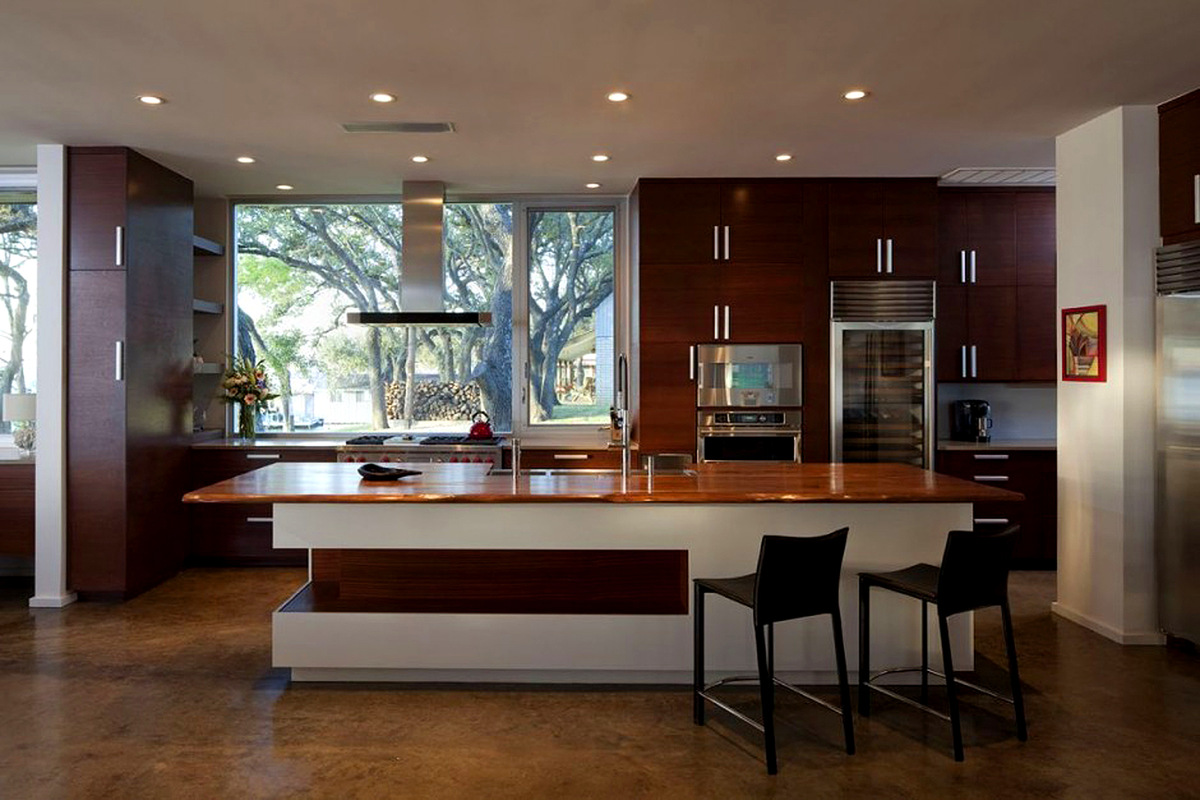
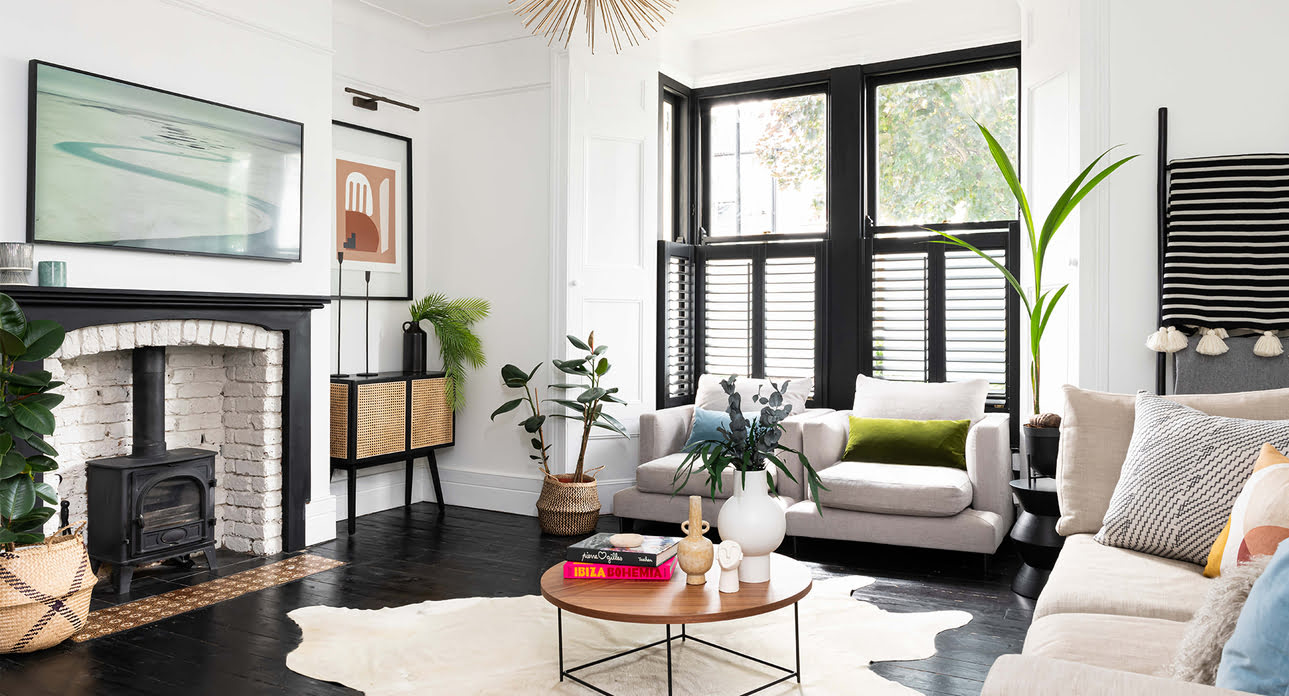

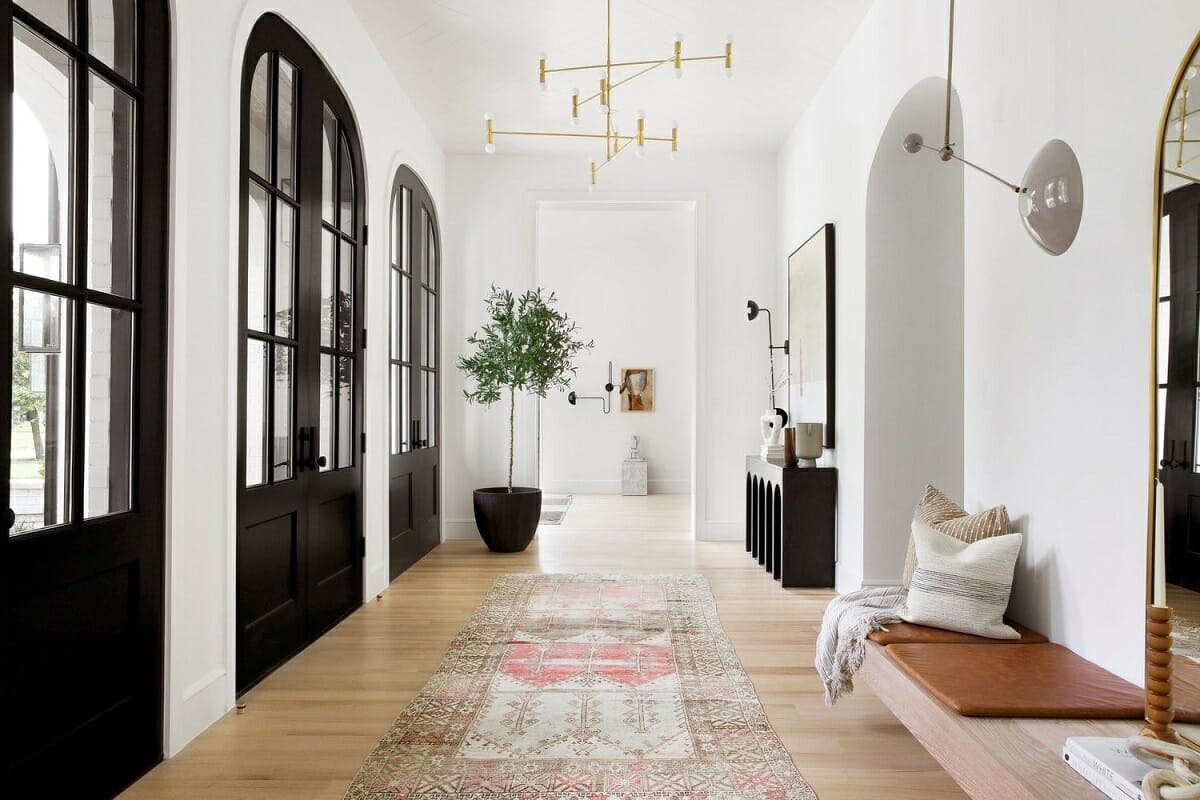
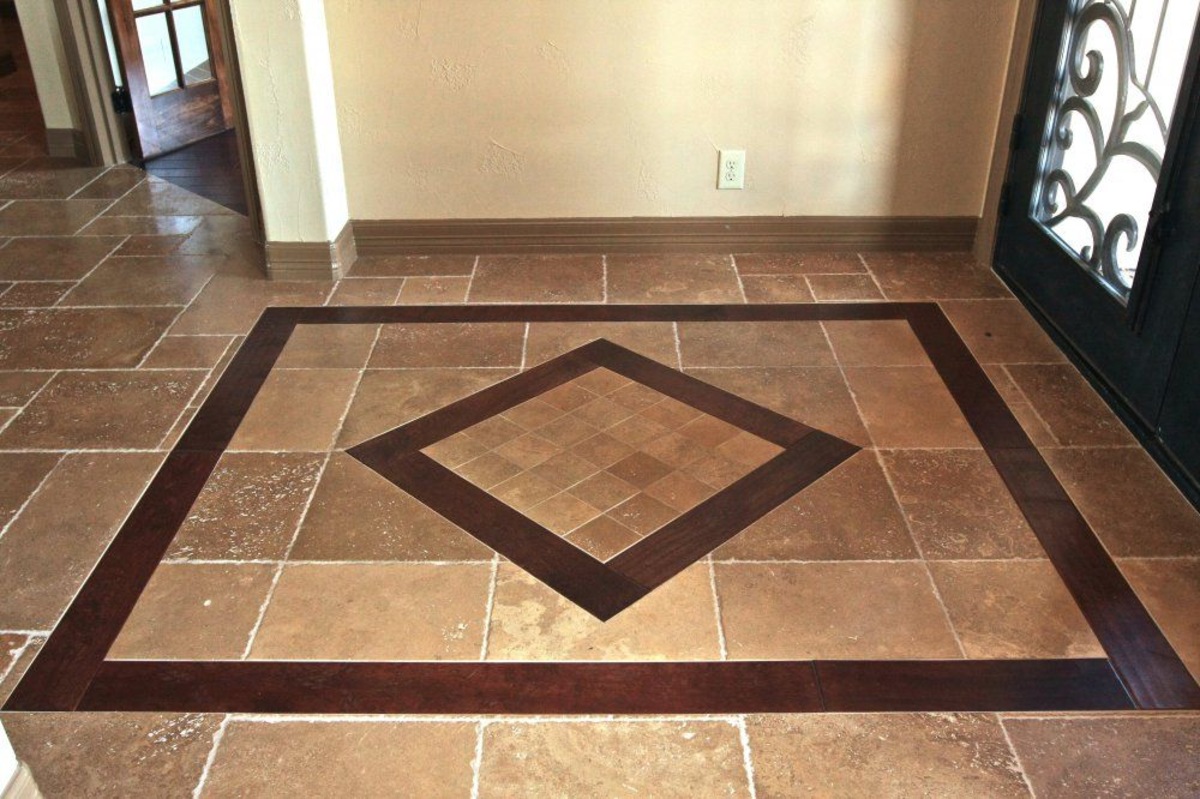
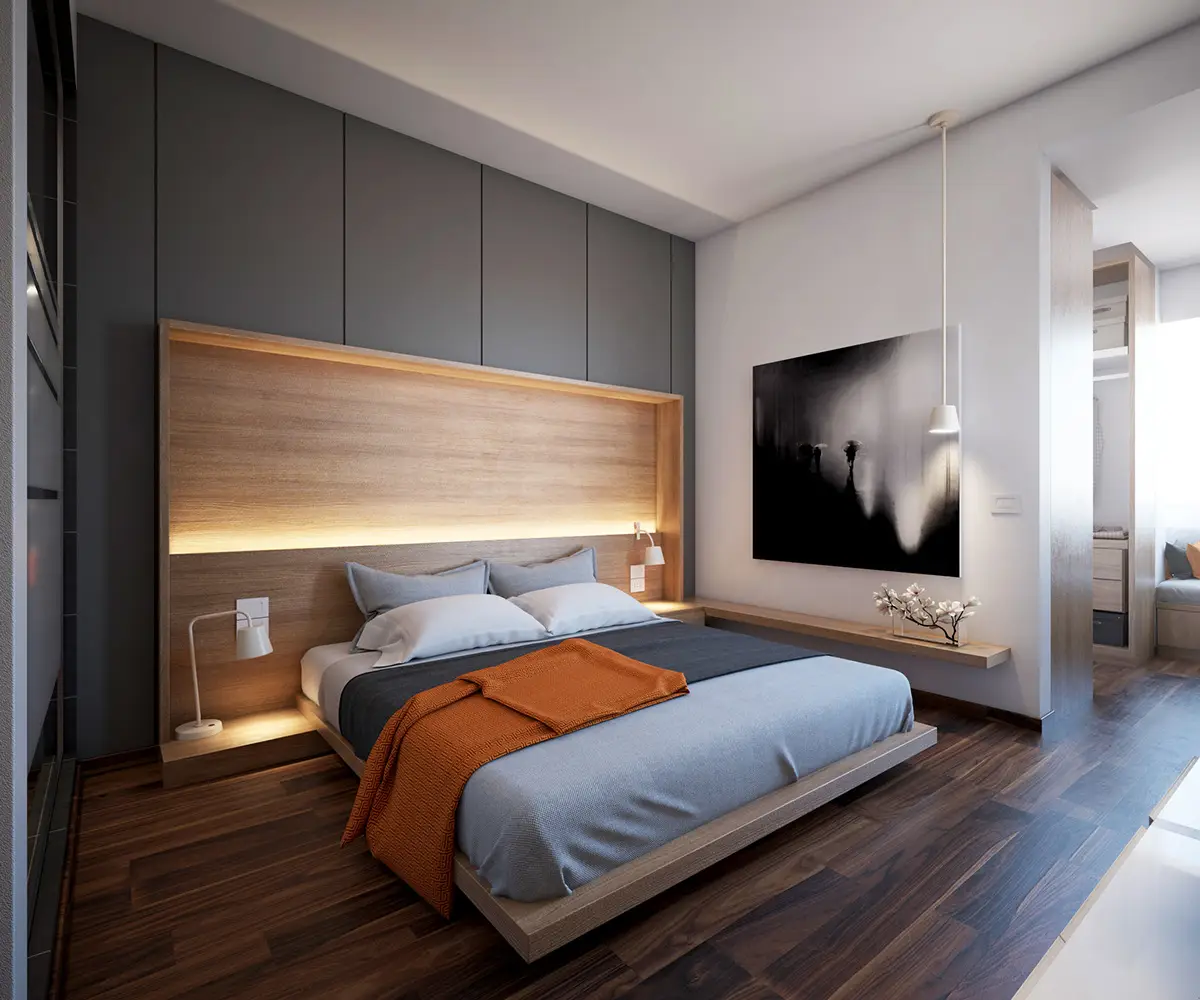

0 thoughts on “How To Create A Landscape Design Portfolio”